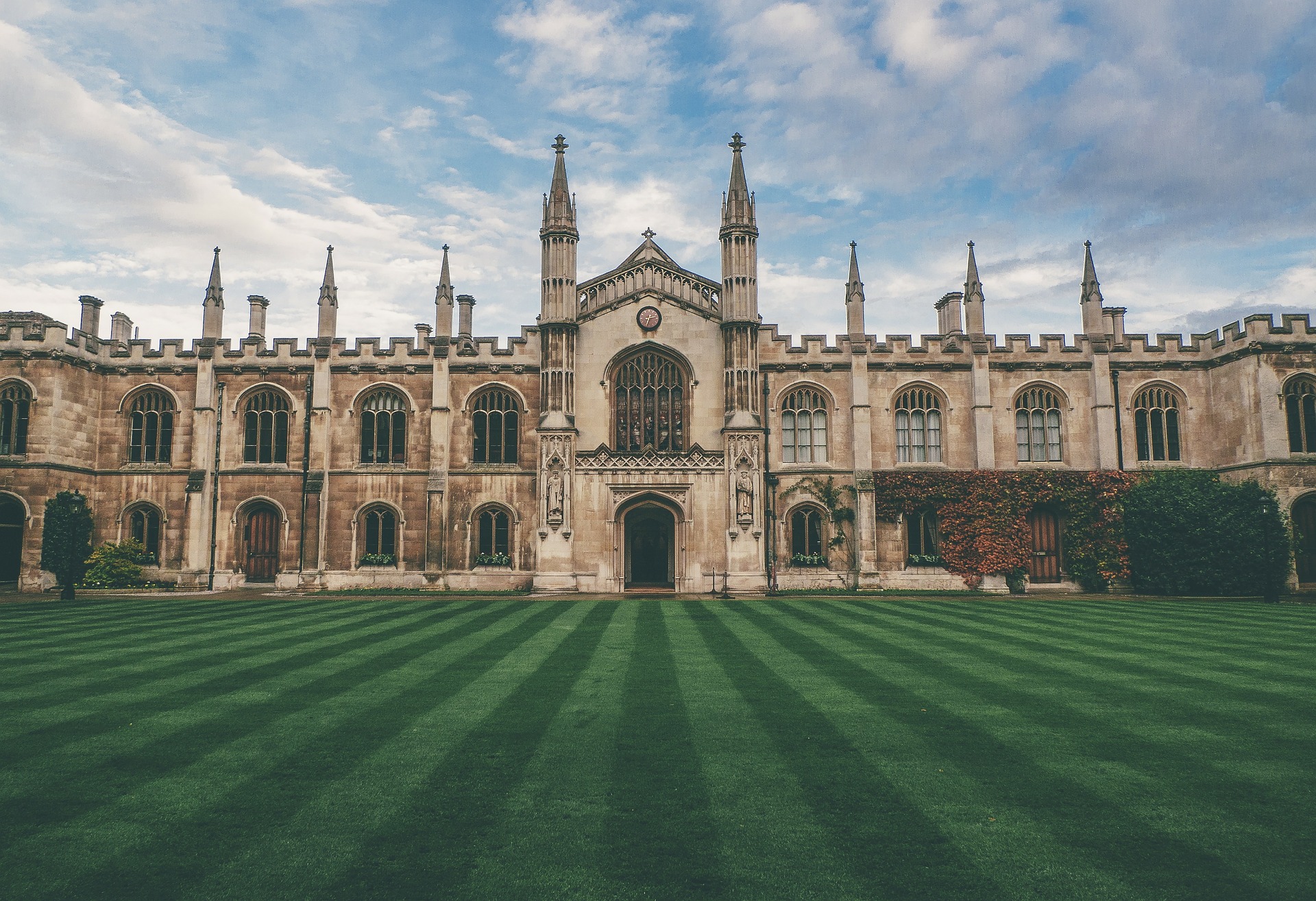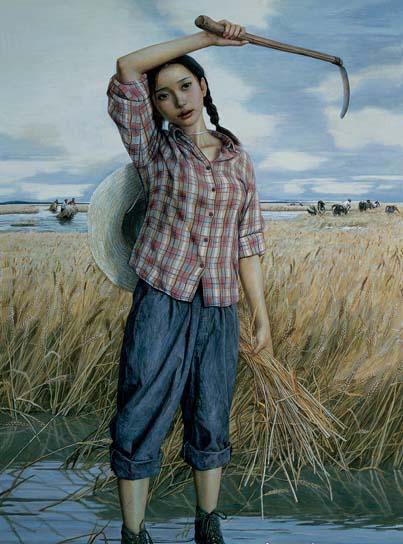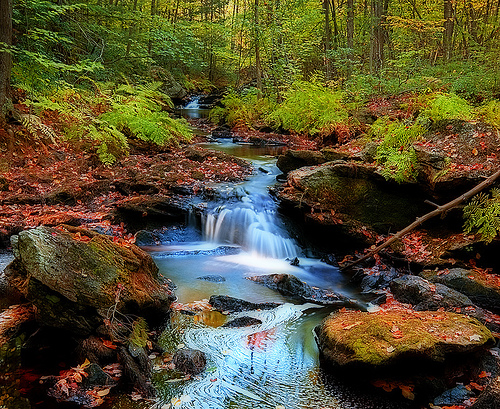Do Not Go Gentle Into That Good Night is a wonderful poem. In order to help you understand the poem in a better way, we have prepared an extensive guide of this poem which includes a thorough detail of the poet, the poem, setting and mood, annotations, summary, critical analysis, poetic devices, central ideas, themes, tone and more. Go through this guide thoroughly. Enjoy! About the Poet – Dylan Marlais Thomas was born on October 27, 1914, in Swansea, South Wales. His father was an English Literature professor.
Thomas was an introverted and undistinguishable child. He read all of D. H. Lawrence‘s poetry, impressed by vivid descriptions of the natural world. Fascinated by language, he excelled in English and reading but neglected other subjects. He dropped out of school at sixteen to become a junior reporter for the South Wales Daily Post. By December of 1932, he left his job at the Post and decided to concentrate on his poetry full-time. It was during this time, in his late teens, that Thomas wrote more than half of his collected poems. Thomas also worked as a scriptwriter for the BBC.
Unlike his contemporaries, T. S. Eliot and W. H. Auden, Thomas was not concerned with exhibiting themes of social and intellectual issues, and his writing, with its intense lyricism and highly charged emotion, has more in common with the Romantic tradition. In fact, his attitude, coupled with his work, made him the prototype Romantic poet of the popular American imagination. He was flamboyantly theatrical, an alcoholic and frequently engaged in public riots, and was openly emotional at his poetry readings.
Thomas style of writing is described in one of the letters: “I make one image—though ‘make’ is not the right word; I let, perhaps, an image be ‘made’ emotionally in me and then apply to it what intellectual & critical forces I possess—let it breed another, let that image contradict the first, make, of the third image bred out of the other two together, a fourth contradictory image, and let them all, within my imposed formal limits, conflict.”
Two years after the publication of 18 Poems, Thomas met the dancer Caitlin Macnamara at a pub in London. Macnamara and Thomas engaged in an affair, and the couple got married in 1937. Despite the passionate love letters Thomas would write to her, the marriage was turbulent, with rumours of both having multiple affairs.
In 1947 Thomas was awarded a Travelling Scholarship from the Society of Authors in Italy. While in Florence, he wrote In Country Sleep, And Other Poems (Dent, 1952), which includes his most famous poem, “Do not go gentle into that good night.” When they returned to Oxfordshire, Thomas began work on three film scripts, namely, “Me and My Bike,” “Rebecca’s Daughters,” and “The Beach at Falesa,” for Gainsborough Films.
Michael Schmidt, in reference to Thomas’ work writes: “There is a kind of authority to the word magic of the early poems; in the famous and popular later poems, the magic is all show. If they have a secret it is the one we all share, partly erotic, partly elegiac. The later poems arise out of personality.”
About the Poem
“”Do not go gentle into that good night”, written by Welsh poet Dylan Thomas in 1951, is considered to be one of his finest works. It is widely considered to be the most famous example of the poetic form known as the villanelle, a nineteen-line poetic form consisting of five tercets followed by a quatrain. There are two refrains and two repeating rhymes, with the first and third line of the first tercet repeated alternately until the last stanza, which includes both repeated lines. The poem has no title other than its first line, “Do not go gentle into that good night”, a line which appears as a refrain throughout. The poem’s other equally famous refrain is “Rage, rage against the dying of the light”. Originally published in the journal Botteghe Oscure in 1951, it also appeared as part of his 1952 collection In Country Sleep and other poems.
Thomas, in the poem, addresses his father who is losing his life to a terminal illness. He laments the confrontation of his father’s loss of health and strength, and urges him to struggle against death instead of meekly giving in to it. The question of death in old age is raised in the poem, but the focus is the grief and rebellion of the poet as he wrestles against the face of death or “dying of the light”. It also focuses on the exertion of frustration at the natural order of things which we are powerless to change. There is an explicit nature of urgency in the speaker’s tone and the raw energy of emotions underlying it which makes it one of the most powerful poems of all time. The poet himself certainly burned with zest for life but sadly, lived it recklessly, drinking heavily, and died a year after the poem was published, in 1952.
Setting, Mood of the Poem:
Do not go gentle into that good night is not a poem that is limited to a single setting. The poet has captured within these nineteen lines, many resplendent facets of nature. Through these features, the poet has tried ascribe the human life through these features of nature. The poem begins with a metaphorical reference to end of human life through the lines “close of day” and “dying of the light”, characterising sunset or dusk. Next, the poet travels to the ocean, as we can see by the lines “last wave by” and “green bay”. A reference to meteors shows that the poet has extended his imagination to the outer space. “Sad height” is an indication of mountain tops. Hence, Thomas has endeavoured to draw a parallel between the course of the human life, including life, its struggles, and finally death, and the way nature characterises these. But, what must be kept in mind is that the poet, though referring to these grandiose settings, throughout the poem he is besides his father’s death bed and is lamenting about how a life as magnificent as nature is nearing its end.Se
Stanza-wise Annotations:
1st stanza-
Do not go gentle: Do not give up or give in too easily, without putting up a brave fight.
Burn and rave: Struggle with fiery potency.
Close of day: Approaching dusk; end of the human life.
Dying of the light: Lingering sunset.
2nd Stanza-
Dark is right: Death is inevitable.
Forked no lightning: Haven’t done some something extraordinarily commendable.
3rd Stanza- Good men: Men who fight death with vigour.
Frail deeds: Actions performed by the men weakened by old age and the onset of death.
Green bay: Body of water, part of an ocean, where the land curves inwards.
4th Stanza-
Wild men: Men who do not accept death in a docile manner.
Sang the sun in flight: The wild men, in their short stint at life, blazed with the heat of the Sun and achieved glory.
Grieved: Mourned.
5th Stanza-
Grave men: Serious men
See with blinding sight: Even though the men are dying, and losing their eye sight, the can “see” i.e. know that they can fight against death with whatever strength they have left.
Blaze like meteors: The men cannot let their blindness or other shortcomings dissuade them from living their remaining life with fiery fervour.
6th Stanza-
Sad height: The poet might be referring to a mountain. When one is dying, he feels detached from the entire world, and can look down upon humans with the view of a third person.
To go through the detailed summary click here
To go through the detailed analysis click here
Keywords: do not go gentle into that night summary, do not go gentle into that night analysis, do not go gentle into that night theme, do not go gentle into that night notes, do not go gentle into that night questions, do not go gentle into that night meaning
Some online learning platforms provide certifications, while others are designed to simply grow your skills in your personal and professional life. Including Masterclass and Coursera, here are our recommendations for the best online learning platforms you can sign up for today.
The 7 Best Online Learning Platforms of 2022
- Best Overall: Coursera
- Best for Niche Topics: Udemy
- Best for Creative Fields: Skillshare
- Best for Celebrity Lessons: MasterClass
- Best for STEM: EdX
- Best for Career Building: Udacity
- Best for Data Learning: Pluralsight


















1 comment
Comments are closed.